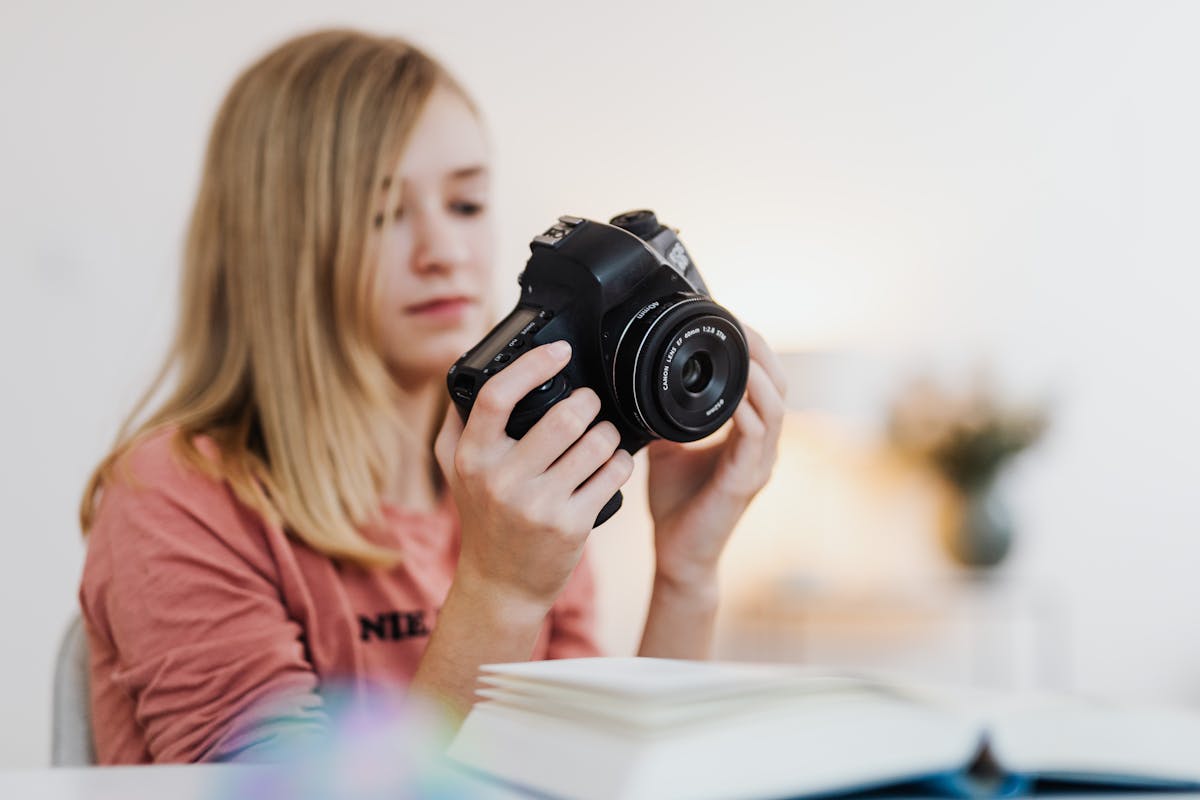Top 5 Mistakes Beginner Photographers Make and How to Fix Them
Every seasoned photographer started as a beginner—facing confusion over camera settings, chasing perfect light, and occasionally forgetting to remove the lens cap. While trial and error is a natural part of the creative journey, being aware of common pitfalls can help speed up your learning curve and improve your results dramatically. Whether you’re using a DSLR, mirrorless, or even a smartphone, avoiding these typical mistakes will lead to sharper, more compelling photos and a more enjoyable experience behind the lens.
Let’s dive into five of the most common errors new photographers make—and how to fix them.
-
Relying Too Heavily on Auto Mode
Auto mode seems like a safe bet when you’re just starting out. It adjusts exposure, ISO, white balance, and focus automatically, so you don’t have to think about the technical side of things. But the truth is, it limits your creative control and can lead to inconsistent results—especially in tricky lighting conditions.
The Fix: Learn to shoot in Aperture Priority (A or Av), Shutter Priority (S or Tv), or full Manual (M) mode. Aperture Priority is a great place to start since it lets you control depth of field while the camera handles the rest. As you gain confidence, experiment with shutter speed and ISO to fully understand how these elements work together. The sooner you take control of your settings, the sooner your creativity will shine through your images.
-
Ignoring Composition Basics
You may have the most expensive gear on the market, but if your composition is weak, the photo will fall flat. Beginners often center their subjects by default, include distracting elements, or forget to consider the background. Without intention in framing, even technically correct photos can feel uninspired.
The Fix: Study the rule of thirds, leading lines, symmetry, framing, and negative space. These are foundational composition techniques that add balance and interest to your images. Most cameras and smartphones have a grid overlay—turn it on to help align your shots. Also, before clicking the shutter, scan the entire frame and ask yourself, “What’s adding to the story, and what’s taking away from it?”
-
Overediting or Underediting
Post-processing is where you refine your vision, but many beginners either overdo it or neglect it entirely. Oversaturation, extreme contrast, and excessive filters can ruin a good shot, while skipping editing leaves potential unrealized. Finding the sweet spot is key to creating natural yet polished images.
The Fix: Start with basic editing tools like exposure, contrast, white balance, and sharpness. Apps like Lightroom offer intuitive controls and presets to speed up your workflow. Aim for subtle adjustments that enhance rather than overpower your photo. As your style evolves, so will your approach to editing. And don’t forget—always work on a copy of your original file to preserve your raw data.
-
Not Paying Attention to Lighting
Lighting is everything in photography, yet many beginners focus more on their subject than the quality or direction of light. Harsh midday sun can cause blown highlights and hard shadows, while dim indoor lighting can result in blurry or noisy images. Ignoring light often leads to frustration during editing.
The Fix: Learn to observe light before you even take out your camera. Early morning and late afternoon offer soft, golden light that flatters most subjects. If shooting indoors, position your subject near a window or use a reflector to bounce light evenly. Over time, understanding how to use natural and artificial light will become second nature—and drastically improve your results.
-
Not Practicing Consistently
Photography is a skill that improves with practice. A common mistake is waiting for the “perfect” moment or only picking up the camera on special occasions. This slows progress and makes it harder to build muscle memory for technical settings and compositional decisions.
The Fix: Set small, regular goals—like shooting three photos a day or doing a weekly themed project. Carry your camera (or smartphone) with you more often and look for inspiration in everyday scenes. Join online communities, participate in challenges, or take on simple gigs like birthday parties or a photo booth rental austin setup at local events. These experiences build confidence, creativity, and a stronger portfolio over time.
Conclusion
Photography is both a craft and an art, and making mistakes is an essential part of learning. The key is to recognize where you’re going wrong and actively work to improve. By stepping away from auto mode, mastering composition, refining your editing, understanding light, and committing to consistent practice, you’ll quickly start seeing a dramatic shift in your work. Whether you’re capturing a candid moment or managing a fun photo booth rental setup, these lessons will set the foundation for success and help you grow into a more confident, creative photographer.

